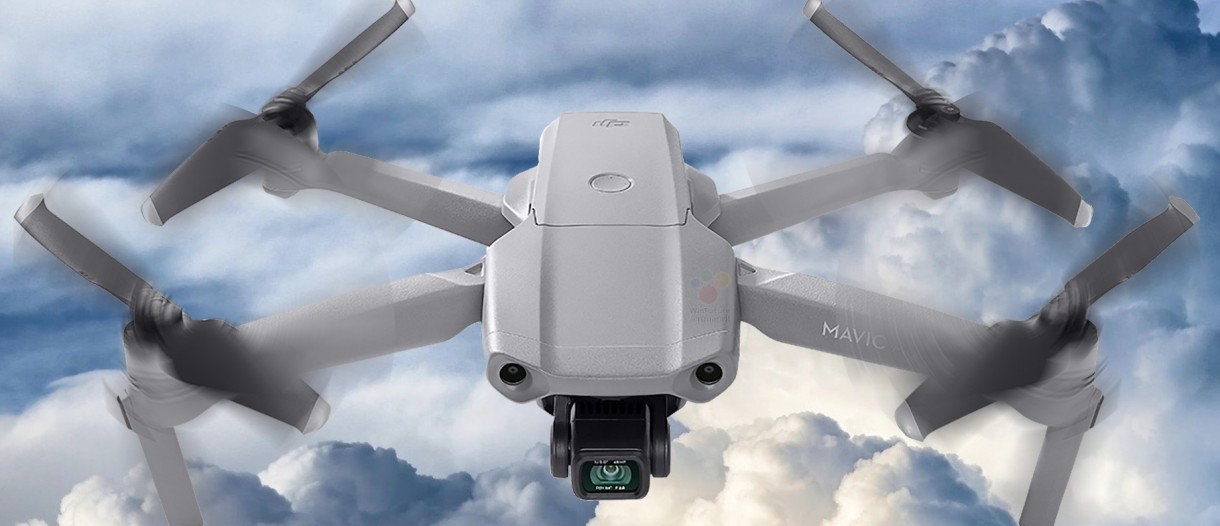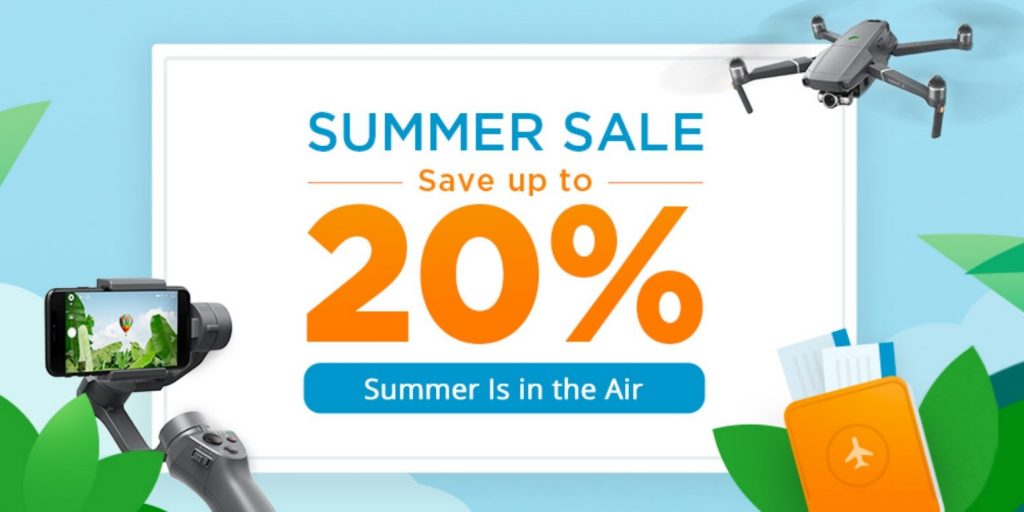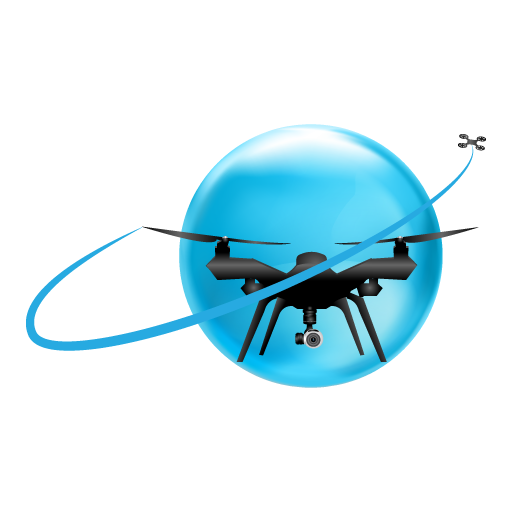The FAA is pushing for adoption of ADS-B, which clarifies why DJI has cautioned the technology for its North American version of their Mavic Air 2. DJI has run from those components necessary for AirSense functioning in different areas, probably due to COVID-19 shutting down factories that make these parts. So for now, if you want to get the ADS-B module, then your only solution is to buy a Mavic Air 2 or the new Mavic 3 out of an American vendor. DJI claims that ADS-B could be available in versions sold in different areas starting this summer.
The DJI Mavic Air 2 started with DJI’s new AirSense security technology and a maximum transmission assortment of 10km–in case you’re in the USA. Mavic Air 2’s around the world will soon be overlooking AirSense and also have 4km shaved off the highest transmission distance.
DJI stands from the fact that present data on drone security is incorrect. But they know they will need to continually focus on research, development, education, and advocacy for answers, which will improve security. 
AirSense – They have outlined their intentions using the following 10 points:
1. DJI will set up ADS-B recipients in most new drones over 250 g.
2. DJI will create a new automated warning for drone pilots flying in extended distances.
3. DJI will set an inner Security Standards Group to meet regulatory and customer expectations.
4. Aviation industry teams need to create criteria for reporting drone events.
5. All drone producers must install geofencing and distant identification.
6. Governments need to call for remote identification.
7. Governments must call for a user-friendly knowledge evaluation for brand new drone pilots.
8. Governments need to designate sensitive constraint locations.
9. Local governments have to be permitted to respond to drone dangers that are serious and clear.
10. Governments need to increase enforcement of legislation against dangerous drone functioning.
DJI’s AirSense is an ADS-B (Automatic reliant surveillance-broadcast) receiver that informs you of crewless helicopters and airplanes flying near your Mavic Air 2. This is a recipient only. The FAA does not need drones to transmit their particular ADS-B signs more than fears of congestion over the airwaves.
Maximum transmission distance
DJI’s official maximum transmission distance for your Mavic Air two is 10km (6.2 miles), more than sufficient to find some great shots also have peace of mind while flying off-road. This is true in the USA, in which the Federal Communication Commission (FCC) is responsible for regulating transmitter power. The energy allowance in the United States is ≤26 dBm (energy measured in decibels referenced for a single milliwatt) for both 2.4GHz and 5.8GHz, providing the drone its own 10km maximum transmission space.
Every one of these regulators has reduced transmitter power allowances and so restricts the Mavic Air 2 into a maximum transmission distance of 6km (3.7 miles). CE’s transmitter capacity for 2.4GHz can be ≤20 dBm, while 5.6GHz is just ≤14 dBm. MIC only has a limitation set for 2.4GHz, which can be ≤20 dBm.
Although it’s a letdown that some buyers are not capable of finding the full advertised transmission space, it should not be too much of a bargain if you’re flying lawfully. Flying 6km when maintaining a visual line of sight for your drone would not be the simplest thing to do. You’re probably going to get rid of view of it before you hit on the 6km mark.
DJI AirSense
This attribute collects flight data delivered automatically from local aircraft using ADS-B transmitters, assessing it to discover possible collision threats and alert consumers well beforehand via the DJI cellular program.
ADS-B (Automatic Dependent Surveillance-Broadcast) utilizes radio and satellite signals to recognize aircraft places and share that information in real-time. This technology was used extensively in aviation for decades in the USA, Canada, Australia, India, and Europe, and is now an increasingly significant part of the aviation security ecosystem.
Out – In
ADS-B technology includes two essential elements: The first is ADS-B Outside, which may be set up in conventional aircraft to ascertain and broadcast flight details like flight direction, speed, and elevation. The next is ADS-B In, which receives data broadcast from ADS-B Outside transmitters. DJI drones using AirSense only utilize ADS-B In, so that they can see nearby standard aircraft without congesting the airwaves with the addition of new transmissions.
AirSense is embedded in several DJI’s enterprise-level drones such as the Mavic 2 Enterprise. The maker now intends to make precisely the identical amount of security and safety available for customers. Rather than relying on sight or sound, ADS-B can spot planes and helicopters from miles apart, and display the location on the display of this remote.
It Helps drone pilots to find and prevent conventional aircraft nearby’ I had been an F-18 pilot year back, and if you are going that fast, it is quite difficult to see anything. … ADS-B is one of the things that, for many pilots, also for controls too, becomes a situational awareness tool,’ stated Houston Mills of UPS Airlines in the panel.
Rather than relying on sight or sound – by that time, it is often too late to take evasive actions – AirSense can discover planes and helicopters while they’re still miles apart. The machine exhibits their places on the display of their pilot’s remote control.
Elevating safety
“DJI has been the first organization to provide geofencing, automated elevation limitations, return-to-home engineering, and other security features to the planet’s growing community of professional and personal drone pilots. We believe that our efforts have helped drones reach their coveted safety record, and we hope our new schedule will further enhance security even as more drones take to the heavens. “DJI’s AirSense devotion is that the first of 10 factors in”Elevating Safety,” its new strategy for the way DJI, additional drone producers, and government officials across the world can keep the industry’s safety record.
Contents
